- Details
- Written by: Kamran Mofid
- Hits: 9716
'To be a person is to have a story to tell.' - Isak Dinesen (pseudonym of Karen Christence Dinesen, Baroness Blixen-Finecke)
‘Stories, because of their imaginative power which engages the brain, have much greater impact than simple facts. Increased brain engagement leads not only to increased thought on the engaging topic, but increased memory as well. When that engagement and memory are controlled and focused in a positive way, the brain’s love for storytelling can be the key to healing and happiness.’-Greater Good Magazine

‘Have you ever been so wrapped up in a story that you forgot about your worries and escaped from your troubles?
‘Have you ever been hungry to find out what happens next in a story about make-believe people in a make-believe place, and not understand why you’re so invested in their fairytale?
‘Or, have you ever been in the heart of a crisis, and someone told you a story that gave you hope and opened your eyes to the joy beyond the hurt?
‘If so, you’re not alone.
‘A story is a powerful, unifying tool that connects mankind, breaks down barriers, and heals wounds.
‘What is it about the stories and legends we hear that captures our hearts and minds so deeply? In this article, we are exploring the science behind the phenomenon of storytelling.
‘Before it’s possible to understand why a good story keeps us fascinated, it helps to think about what a story is and how it’s structured so we can better understand the stories of our own lives.
‘There’s no doubt about it: stories are powerful. When a person can identify their role in their own story as well as the individual elements of their story, they can then begin to understand their lives and the world they’re part of in a way most people never experience.
‘This idea of healing through storytelling is especially true in the Native American tradition. Storytelling is central to the cultural and oral tradition of Native Americans in this country.
‘Renda Dionne, clinical psychologist and member of the Turtle Mountain Band of Chippewa Indians, says, “Stories are how we come to understand ourselves and the world around us. For American Indians stories are medicine…being present with yourself and the audience and speaking from the heart.”
‘For Native Americans, living with the legacy of historical trauma passed down over generations, stories can provide powerful opportunities to see the bigger picture and to embrace strength, honor, and courage in the face of difficulty.
‘Stories are a bonding tool. They unite people in their quests to overcome turmoil because everyone can identify with and relate to a story.
‘Hearing someone else’s story can provide hope to the broken. Often, the only thing that can comfort someone who has lived through great tragedy or tough circumstances is the account of someone else who went through something similar and made it through, wounds and all.
‘When you understand the story you’re part of and the role you are capable of playing, you can heal the wounds of the past and focus on the challenges and joys of the present.
‘It’s just as important to share your own story as it is to hear the stories of others.’- Excerpts from NATIVE HOPE
Storytelling for the Common Good: Telling our Stories, Sharing the Wisdom
A GCGI Project to be inaugurated on Friday 2 September 2016 during the 13th GCGI International Conference and the 3rd Joint GCGI and SES Forum at Waterperry House
Why Values Matter: GCGI-SES Joint 2016 Conference
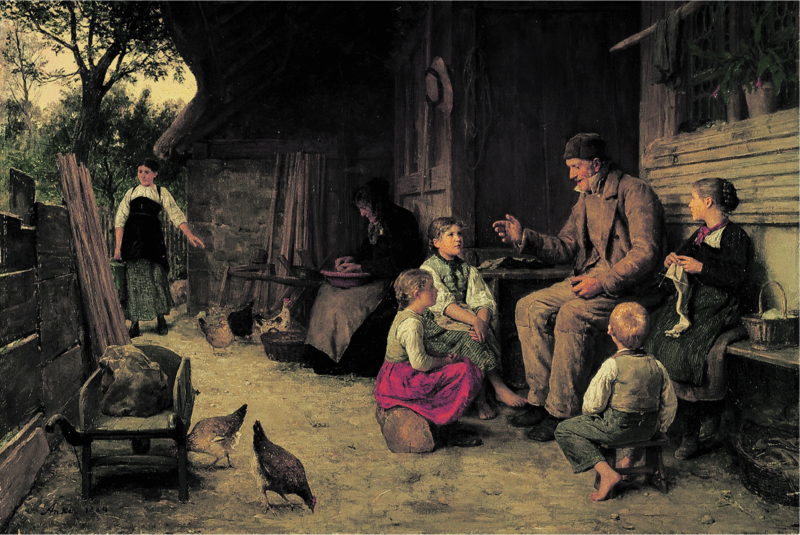
The Storyteller: Anker Grossvater, 1884, Museum of Art of Bern
First Call for Stories
As it has been observed, “For the first nomadic peoples who had no written language, storytelling was the only way to pass on knowledge of the world. Storytelling was their history and their science. The first cave paintings are visual records of the stories that were told at that time.
"With all the books and recordings available today, all the visual and aural records we now have, more stories are preserved than have ever been.
"But preserving stories does not keep storytelling alive. Books and movies and CDs do not create communities. They do not bring people together. It is only through storytelling – the interaction of the teller and the audience – that stories live and touch people. What the ear does not hear will not move the heart.”
Moreover, as it has been noted, “Once upon a time one way-back day, long ago and far away, before the beginning of time, before the beginning of everything, before there was a beginning, there was a storyteller.
"Storytelling is the beginning of everything. Storytellers were our first teachers, artists, philosophers, and priests. Stories told us how to understand the world. Stories are the roots of everything we know – our culture, our philosophy and our religion.
"Stories explained the inexplicable, from how the world was formed, to why the loon (diver) has a necklace. Stories provided our first entertainment. And stories brought us together to create our first communities.”
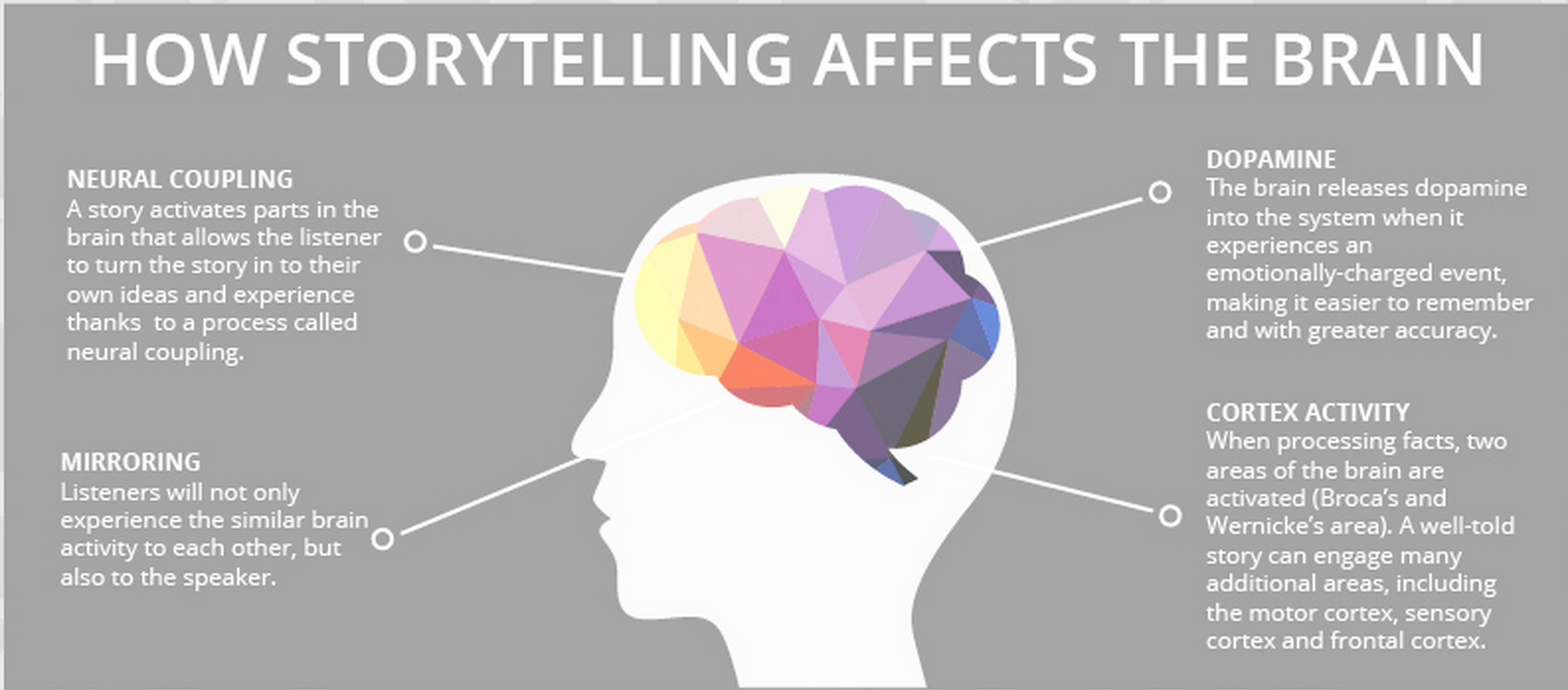
Photo: xtrii.com
And as I have noted in my own story Coventry and I: The story of a boy from Iran who became a man in Coventry:
“Storytelling has the capacity to touch our deepest emotions and it can allow us to peer at beauty. We glance at our own creativity and breathe our own thoughts. But more than that: Storytelling is also a wonderful path to set ourselves free, by opening our hearts to others and letting them in; becoming one with one another.
Because, after all, as many have reminded us, the best way to know truth, wisdom or beauty is to try to express it and share it with others.”
I firmly believe that storytelling - opening our hearts to others - is instrumental in enhancing inclusion, social justice, cultural life, and improving physical and emotional health at the individual, local, national and international levels.
Moreover, storytelling nurtures both the young people and the older generation by providing a spiritual path to a meaningful and rewarding intergenerational dialogue, benefiting each group equally.
Storytelling also builds community. Storytelling, as has been noted, is a means of bridging gaps of cultural difference. Hearing another person’s story promotes empathy and recognition of a common humanity that is a basis for respecting human rights. Knowing and celebrating one’s own cultural stories builds self-esteem. Knowing and celebrating others’ cultural stories creates cross-cultural awareness and understanding.
So, here you have it. And now, with this project, I wish to invite you to share your story with us, open your heart and let us in, and watch how your friendship grows stronger and deeper, and experience enhanced physical and emotional well-being, as I did, when I wrote "My Coventry Story".
How to Submit your Story
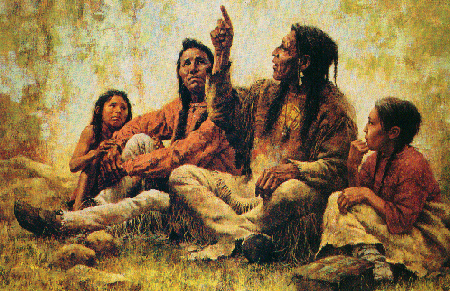
Photo: kisbyto.blogspot.co.uk
A Common Good Story is an inspirational, true story about ordinary people having extraordinary experiences. It is a story that opens the heart and rekindles the spirit. It is a simple piece that touches our readers and your listeners (when presented orally at our GCGI Conferences and gatherings) and helps them discover basic principles they can use in their own lives. These stories are personal and often filled with emotion and drama. They are filled with vivid images created by using the five senses. In some stories, the readers feel that they are actually in the scene with the people.
The most powerful stories are about people extending themselves, or performing an act of love, service or courage for another person.
Your story must be true. No fiction, no creative writing.
If you would like to contribute please email me (k.mofid@gcgi.info) an abstract of no more than 300 words, to include the title of your story, a brief summary, and a short biographical note, by no later than 15 May 2016.
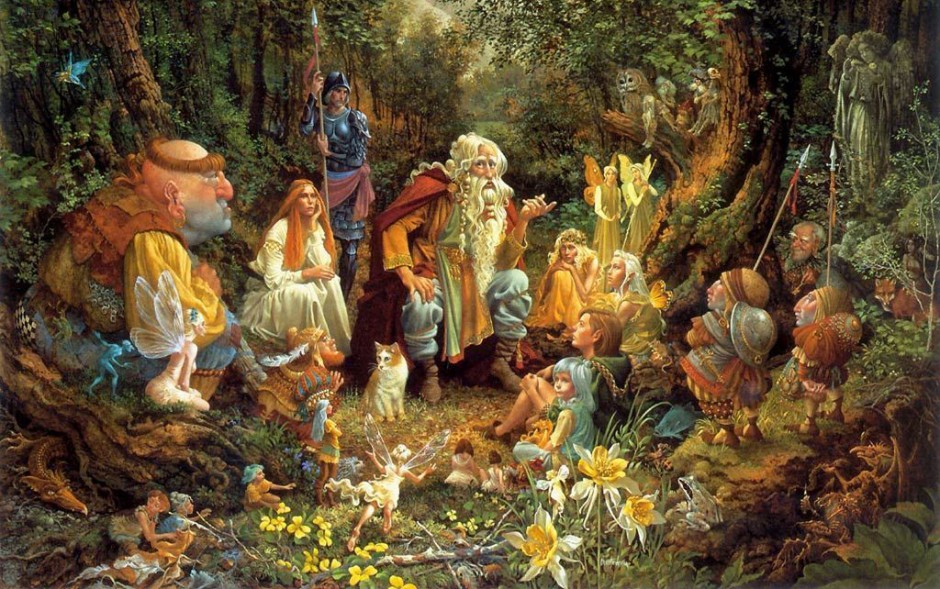
A magical storyteller in the woods: Once Upon a Time by James Christensen
swoyersart.com/james_christensen/onceuponatime
- Details
- Written by: Kamran Mofid
- Hits: 3947
Finding our treasure
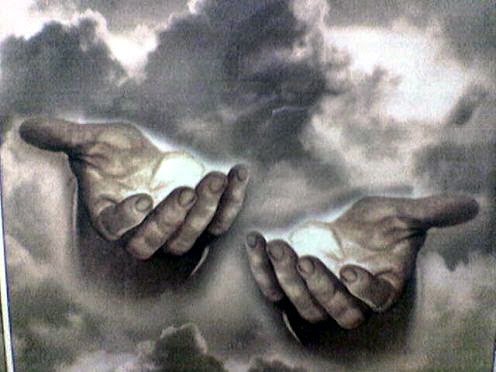
Photo: bing.com/images
“Some time back I attended a public address delivered by Kamran Mofid, an Iranian-born economist who holds dual British and Canadian citizenship. For two decades, Mofid espoused and taught his students an ‘economy first’ approach to life. In a ‘search for life’s bigger picture’, he took up studies in pastoral theology and subsequently founded Globalization for the Common Good, an Oxford-based organisation dedicated to a global economics for the good of all rather than the benefit of the few.
Mofid and his team believe that ‘the rich heritages of the world’s religions’ are a key resource for the promotion of global peace, justice, and the well-being of all earth’s creatures. They invest their energies and resources in establishing dialogue at multiple levels, celebrating religious diversity, and seeking ways to overcome ideological divisions. They seek in these ways ‘to harness the wealth of the world’s diverse spiritual and ethical traditions to create a sense of common purpose that can enable us to build social and economic policies that are truly humane and life-enhancing.’
Mofid turned his whole life around at considerable personal sacrifice for the sake of a ‘treasure’ previously hidden to his consciousness. With like-minded people of diverse faiths, he now pursues a path that is named in Matthew’s gospel as the reign or empire of the heavens.
Today’s gospel passage begins and ends with reference to treasure. It invites us to pause and name what constitutes the real ‘treasure’ in our lives, to know our own hearts. What do we really want? Many of our contemporaries are asking that question in relation to a consumerist life-style that appropriates more than our share of the world’s resources and leaves little time or energy for family or for considering the needs and aspirations of those on the edge.
There is a new realisation that standard of living and quality of life are far from synonymous. Like Matthew’s community, we need to be ‘scribes’ trained for or educated in the ways of God. We need to bring out of the treasury of our traditions ‘what is new and what is old’, wisely discerning what to keep and what to relinquish. Parables help to subvert our presuppositions, our ways of looking at the world. They disturb our complacency if we allow them to do so.
The parables of the buried treasure and the pearl of great price remind us that gospel discipleship demands an all-embracing investment of heart and spirit. We don’t have to re-invent the wheel. We simply need to search our hearts to know where our treasure lies and join with others like Kamran Mofid who show us how we might claim it for the common good.”
See the original article: Finding our treasure
- Details
- Written by: Kamran Mofid
- Hits: 4702
Professor W. Richard Bowen is a Fellow of the UK Royal Academy of Engineering. His contributions to the development of membrane separation processes and atomic force microscopy are widely regarded as world leading. Professor Bowen is a member of the Academy’s Engineering Ethics Working Group, the UK Academies' Human Rights Committee and the Advisory Board of the Centre for Emerging Technologies and Bioethics at St Mary’s University London. He has lectured on engineering ethics at universities and international conferences in the UK, mainland Europe, the Middle East and China. Recent publications include Atomic Force Microscopy in Process Engineering (London: Butterworth-Heinemann, 2009, with N. Hilal), Engineering Ethics: Outline of an Aspirational Approach (London: Springer-Verlag, 2009), Peace Engineering (Lakeshore: Woodsville, 2013, ed. with P.A. Vesilind) and Engineering Ethics: Challenges and Opportunities (Cham: Springer International, 2014).
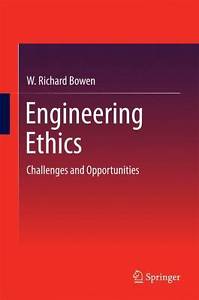
Engineering Ethics - Challenges and Opportunities | W. Richard Bowen | Springer
